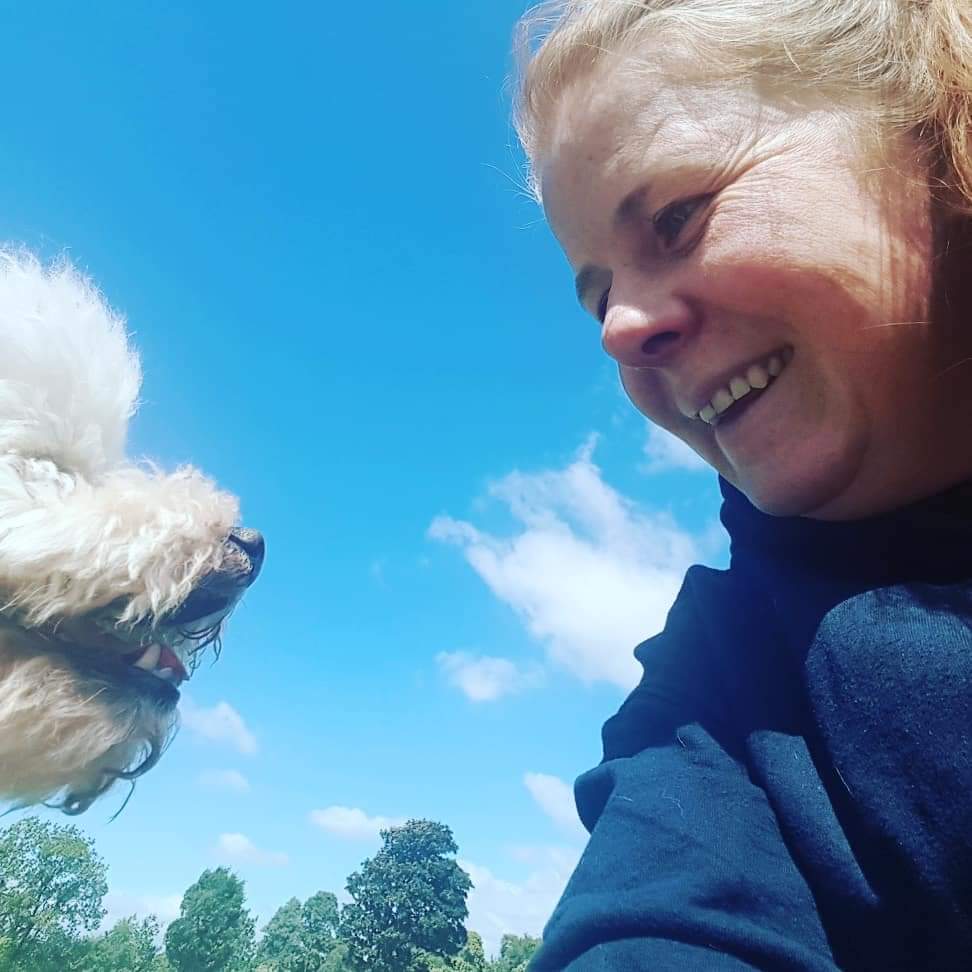
The Power of Default Behaviours: Why They Matter for Your Dog's Training
The Power of Default Behaviours: Why They Matter for Your Dog's Training
In our puppy and young dog classes, as well as during 1:1 sessions, I often find myself repeating, "We want this to be a default behaviour!" But what exactly does that mean, and why is it so important?
What Are Default Behaviours?
Default behaviours are actions your dog naturally performs without needing a direct cue from you. These become automatic responses to certain situations or environments. Imagine a dog that instinctively sits at a curb side without being asked or one that doesn’t bolt out the door when it opens. That’s the power of a well-taught default behaviour!
Why Are They So Important?
Think of default behaviours as your dog’s safety net. For example, if your dog escapes the house or garden, and they’ve been taught to sit at curb sides, they might just sit rather than dash into the road—potentially saving their life. By instilling these behaviours early, you avoid problems down the road (literally and figuratively) as your puppy grows.
Rethinking Traditional Commands
Many clients are surprised when I tell them we don't teach 'Leave it.' Why? Because rather than just shouting leave it, I prefer to teach dogs that food (or any other temptation) isn’t theirs until given permission. By creating a default behaviour of looking at the food but waiting for a cue, you can trust your dog not to snatch anything they come across. This approach reduces stress for both you and your dog!
In an emergency, shouting leave it in a shocked tone will naturally grab your dog's attention long enough for you to recall them away from the situation. It’s not about constantly saying no or giving commands but about building an understanding that guides their behaviour.
Examples of Useful Default Behaviours
There are several essential default behaviours you can teach that make daily life smoother and safer:
Checking in on walks: Your dog should naturally look to you for direction.
Sitting to greet people: Rather than jumping up, sitting becomes the default.
Ignoring food until permission is given: No more worries about stolen food!
Walking politely on the lead: No pulling or dragging behind.
Not bolting through doors: They wait patiently for your cue.
But why stop there? You can expand this to include behaviours like:
Going to their bed when you load the dishwasher.
Lying on a mat when visitors arrive.
Returning to you when they see another dog during a walk.
Make Life Easier With Environmental Cues
Teaching default behaviours also helps reduce nagging and frustration. By creating clear associations between specific actions and certain situations, your dog knows what’s expected without you having to repeat commands. For example, your dog can learn that when the doorbell rings, they automatically go to their bed—no verbal cue required.
How to Implement Default Behaviours
So why don’t more people focus on this from the start? It’s simple—many don’t realise how much smoother life can be by teaching behaviours as defaults. But with the right approach and consistency, you can create a well-mannered dog who responds to situations calmly and reliably. It all comes down to what you want from your dog and how much effort you’re willing to put into their training.
Conclusion
Default behaviours are more than just tricks—they’re essential skills that help your dog navigate daily life with ease. By investing time into training these behaviours, you’re not only creating a more manageable dog but also building trust, safety, and a deeper connection with your canine companion. What default behaviours will you start teaching today?
